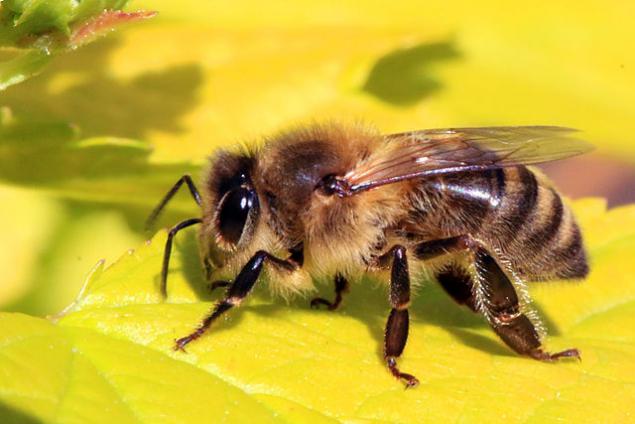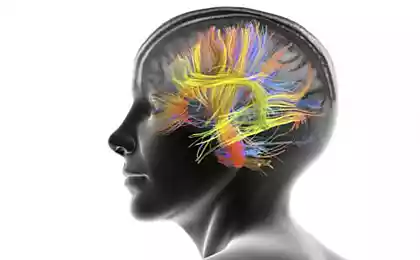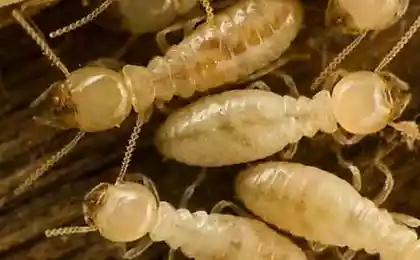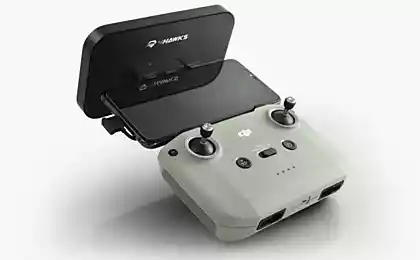933
Computer emulation of the brain controls the drone bee

While some experts continue to work on the creation of artificial intelligence, and someone else is trying to create a cyborg, scientists from the University of Sheffield and the University of Sussex pose a much more mundane tasks. Their goal - to put under the management control of the drone bee brain. Project Green Brain Project works since 2012. The main objective of the project - to create a computer model of the brain bee, and the transfer of the "brain" in the control system of the drone.
In addition, the researchers plan to further clarify the principle of the brain bees, learn how it works, and to advance in the understanding of the concept of artificial intelligence. The task that the researchers have set themselves, much simpler than, for example, emulation of the human brain - such a project also exists, but it is unlikely to be realized in the near future. Create a computer model of the brain bees - are also extremely difficult task. But basically all bees ganglion neurons 960,000, while as humans and mammalian brain is composed of hundreds of millions of neurons.
In this case, the brain bee has some interesting features that make the bees very good ability to navigate the terrain. Plus bees have very good eyesight, and the brain bee very effectively process visual information. Because of this bee easily remember especially the path length of 10-15 kilometers and more. Scientists want to build a computer model of at least part of the brain bee, it is the part that is responsible for the visual guidance that would allow drones automatically navigate the terrain.
Since 2012, the developers have made significant progress. Now they drone, equipped with a number of sensors and cameras, able to keep direction exclusively on visual reference. In the drone - the two chambers of the "fish-eye", plus chemosensors, which serve as an electronic nose to determine the direction to the source of the smell (bees are guided by smell including).
Drone also determines the optimal vertical and horizontal speed, distance to obstacles and other important characteristics of the flight.
Nevertheless, there are still a lot of work - because the theory is one thing and practice - is another. For example, some algorithms that create scientists, comply with all the provisions of the theory, but do not work in the "complex world", according to the developers themselves.
In the future, scientists hope to teach their drones everything that can and bees, including search capabilities, as well as the transfer of information to their "colleagues".
Source: geektimes.ru/post/249258/
Throbbing heart tissue using 3D-printing and genetic reprogramming
During the 2014 landfill emissions 41, 8 million tons of e-waste. In 2018 48 million tons of throw






















